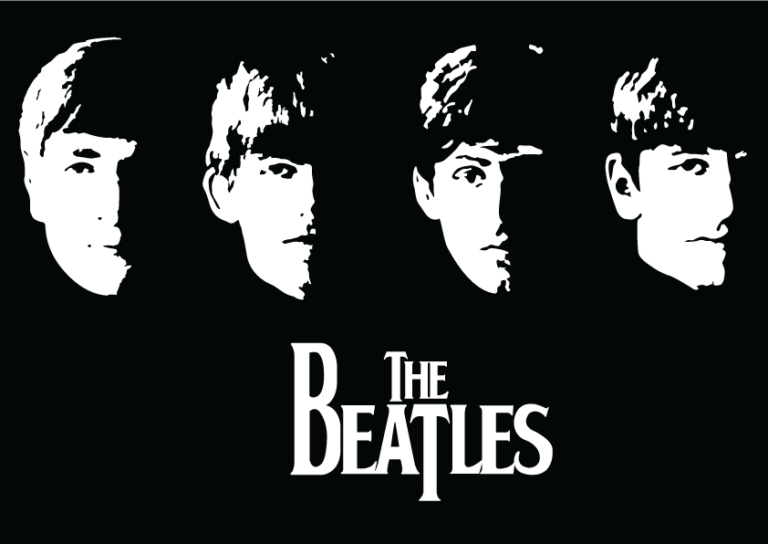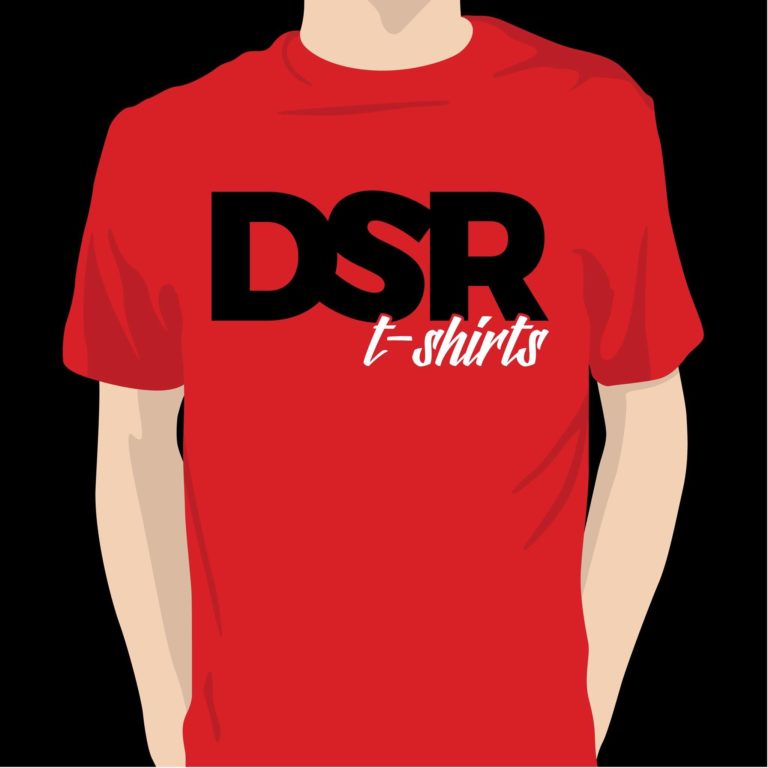Introduction
Let’s enjoy the fascinating world of custom T-shirt creation and design! From start to finish, the trail to an idea sprouted into a product that integrates creativity, technology, and craftsmanship. If you are an aspiring businessperson, a professional designer looking for an idea, or simply a person who would wear your T-shirt as a gift, knowing how much shirts are made will increase your appreciation of this wearable apparel. This blog will take you through each step of creating your custom-made T-shirt, from design to selection of materials, printing techniques and finishing touches to ensure your idea remains a garment imprint.
Understanding the Design Process
Phase one in the custom T-shirt production is design. This step involves imagining a design with an inner connection to the self or the brand. It is imperative to remember the goal and the audience and respond to them correctly. Options such as simple tools or professional design services can be used to craft a piece of art for the buyer.
Choosing the Right Fabric
Choosing the fabric wisely, as it greatly impacts the print’s comfort, durability, and suitability, is equally important. Cotton, polyester, and mixes are the most frequently used fabrics. The different materials’ features are the best matches for various printing techniques and user requests.
Selecting a Printing Method
Several printing techniques will be used according to design complexity, colour requirements, and the number of orders placed. Common methods include:
- Screen Printing: Better suited for larger amounts and when a smaller colour palette is used.
- Direct-to-Garment (DTG): Ideal for intricate designs with different colour schemes. She just works like a printer on fabric but without paper.
- Heat Transfer: Ideal for decoration patterns made of bright nuances with a transfer of detailed images into the fabric.
- Embroidery: Provides a textured, heavy-duty body used for logos and monograms.
The methods are different; they have advantages and disadvantages, such as the cost, setup time and fabric.
Prototyping and Sampling
At the design stage, a prototype or sample is sewn first to test the design on the chosen fabric and the printing method is also determined. This step’s main goal is to make adjustments can be made to refine the design, print quality, and fit of shirts.
Production Process
Upon receipt of the approved sample, the producer starts the process. This contains printing or embroidery of the design followed by the necessary steps of curing or drying for the print to be strong and lasting. Quality inspections, for their part, are indispensable to achieving every single unit’s compliance with the established criteria.
Finishing Touches
The next part of the process is completed with finishes such as pressing, folding, and packaging. These are key to making the product look nice and valuable. This step also includes tagging and labelling, which could be a brand label or care instructions.
Distribution
Distribution is the last step in the journey; this may involve direct delivery to customers, store stocking, or distribution through multiple retail channels.
Conclusion
Custom T-shirt making involves the path from design to production, which is detailed. Therefore, all the stages need to be considered carefully to get a final product that is the same as what one expected. The fabric, printing medium, and consistently maintaining quality are critical in developing a nice idea into a wearable, saleable garment.
Are you ready to customize your T-shirt? Let’s begin now and then witnessing your imagination being a reality. Whether for personal use or business, let your creativity guide the way! Take the step first!



